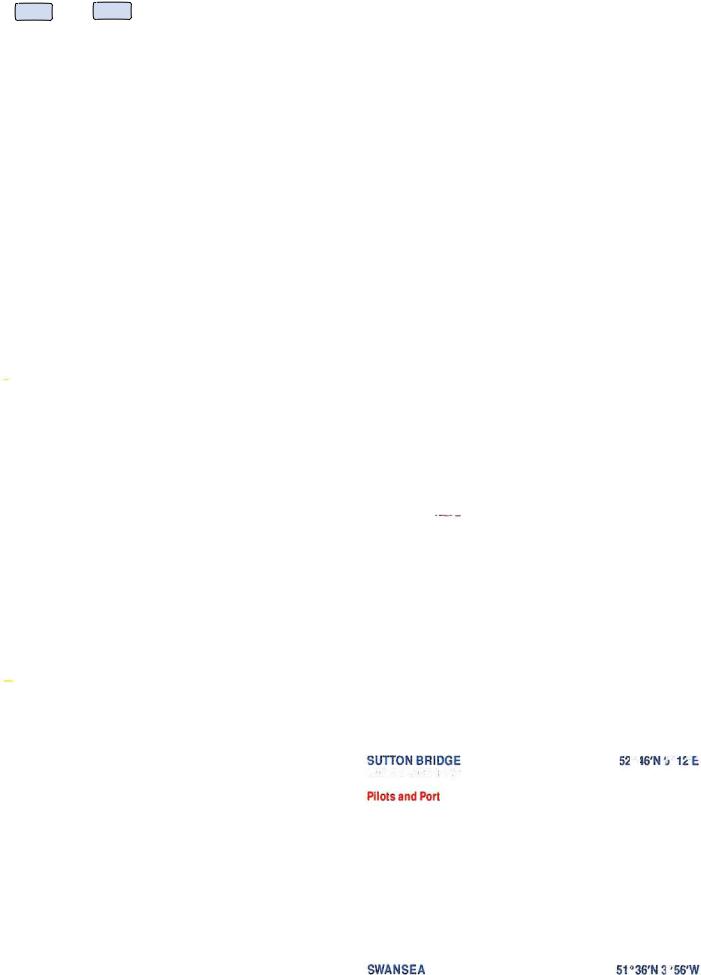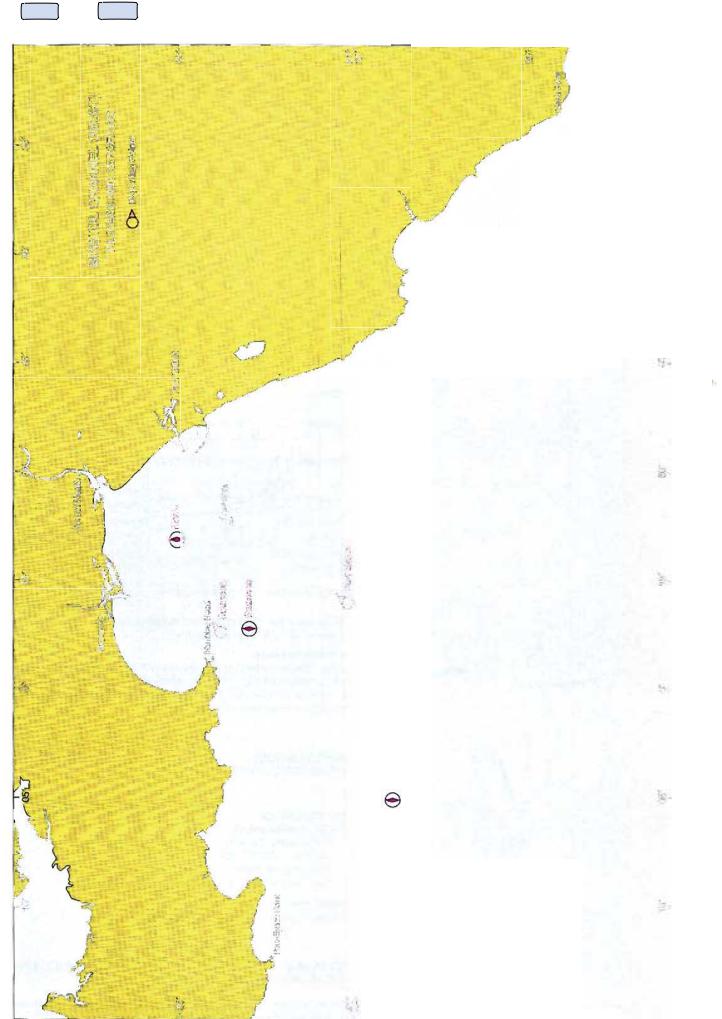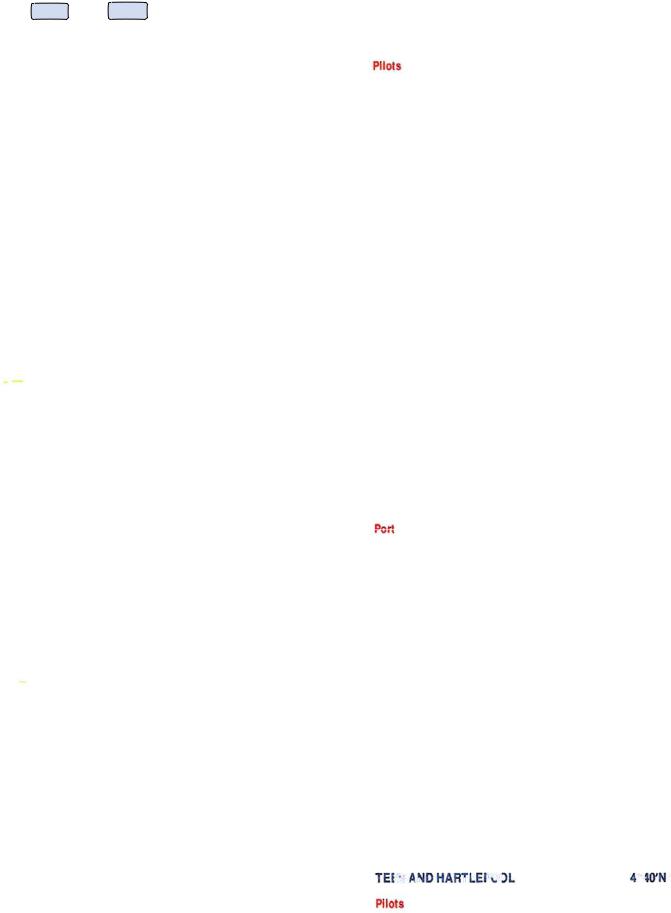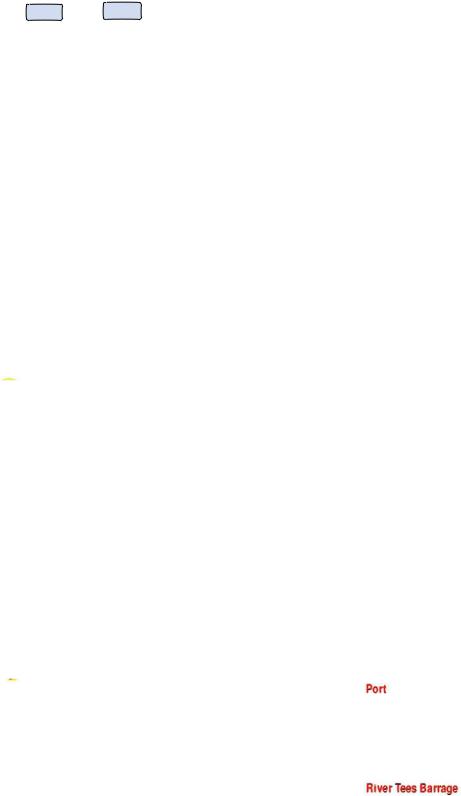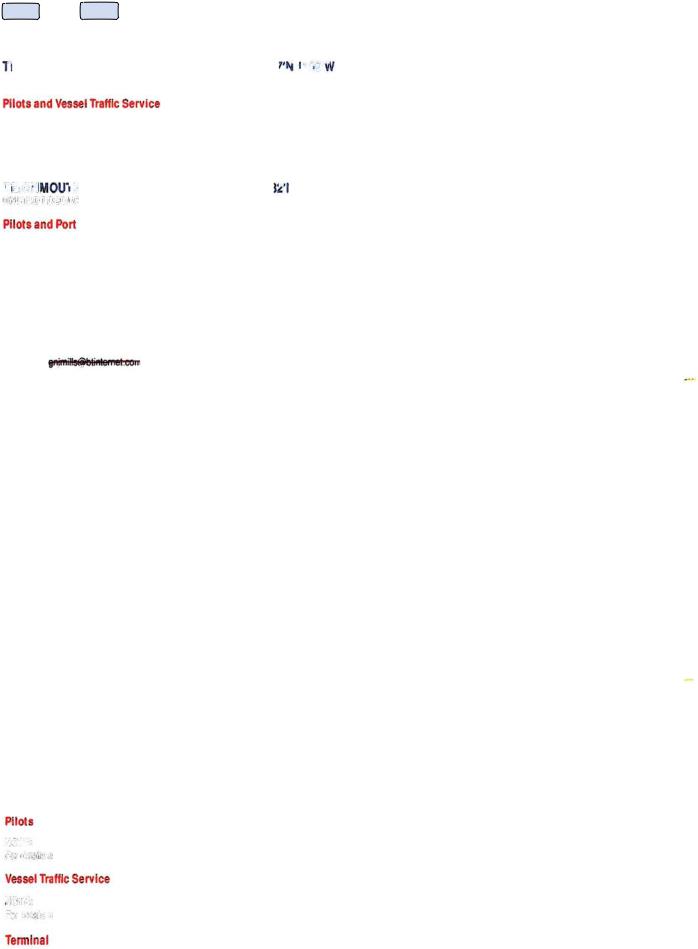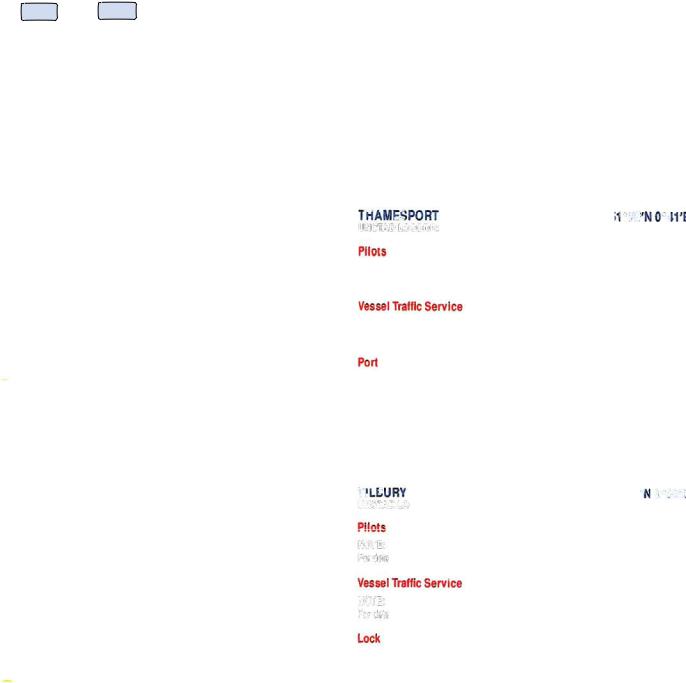
NP 286(1) United Kingdom and Europe
.pdf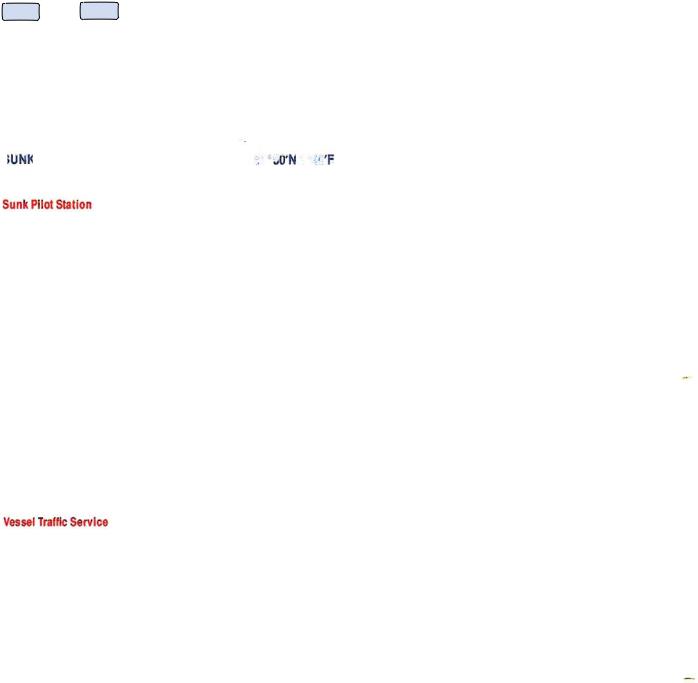
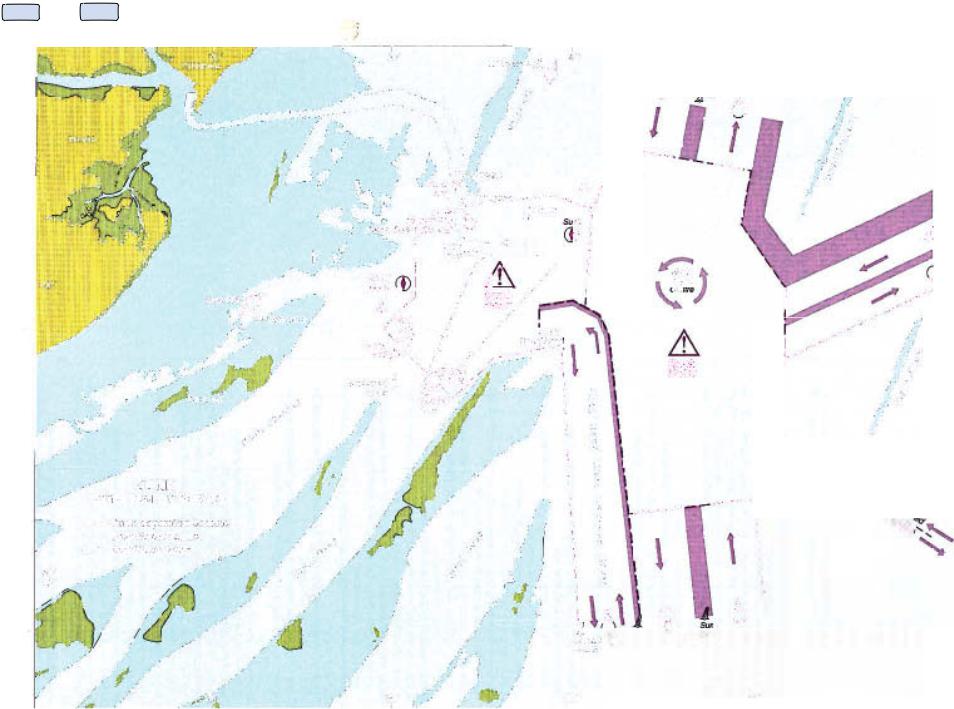

Contents Index
UNITED KINGDOM
(2)The proviSion 01 inlonnation. advice and wamings by Sunk VTS does not relieve any vessel of !he obligation to comply with the COLREGS.
(3)All vessels filted wfth VHF radio equipment are required to monitor VHF Ch 14
when in the Sunk VTS area.
(4)Vessefs of 300 GT and over shall report to Sunk VTS on VHF Ch 14:
(a)On entering !he Sunk VTS area an information report compriSing:
(i)Vessel'sname and call sign
(ii)Reporting Point
(iii)Draught
(iv)Destination
(v)Any deficiencies
(vi)Routelng intentions including ETA at the Sunk Pilot Station (if applicable)
(b)When departilg the Sunk VTS area or transferring to a neighbouring VTS area
(c)When anchoring in adesignated anchorage or the Sunk VTS area
(d)When underway from an anchorage
(e)Any incident that may affect the safe navigation of the vessel
(5)Vessels proceeding towards the Dover Slran Tratric Separation Scheme (TSS). will be requested to provide CALDOVREP information when reporting to Sunk VTS. This information will be passed to Dover Channel Navigation Information Service (CNIS).
(6)Vessels engaged In fishing shall report their intentions on entering or leaving the Sunk Inner Precautionary Area.
(7)Vessels anchoring within !he Sunk VTS area shall:
(a)Except in case of emergency, not anchor without informing Sunk VTS
(b)Except in case of emergency, ensure as far as is reasonably practical, the vessel is anchored within the limits of the designated anchorages:
(i)Sunk Deep Water Anchorage
(ii)Sunk Inner Anchorage
(c)If anchoring in an emergency. inform Sunk VTS as soon as is reasonably practicable
(d)Maintain a continuous listening watch on VHF Ch 14 when at anchor
(8)Vessets requiring a Sunk Pilot shall:
(a)Approach the Pilot station from the Sun" Outer Precautionary Area unless already in the Sunk Deep Water Anchorage
(b)Comply with boarding turn order if issued by Sunk VTS
(c)Avoid waiting in the vicinny of the Sunk Pilot Station
(d)Undertake Pifot boarding operations eastward 01 the Storm LI buoy (51·52'·40N 1"38'·20E)unless otherwise informed by Sunk VTS
(e)Maintain a continuous listening watch on VHF Ch 14 when engaged in Pilot boarding operations. VHF Ch 06 may be used for dedicated communication with !he PV during Pilottransler only.
(9)Vessels requiring to land a Sunk Pilot shall:
(a)Undertake Pilot landing operations eastward of the Storm LI buoy (51·S2'·40N I "38'·20E) unless otherwise informed by Sunk VTS
(b)Mainlain a continuous listening watch on VHF Ch 14 when engaged in Pilot landing operations. VHF Ch 06 may be used for deOcated communication with Ihe PV during Pilot transfer only.
(10)Vessels not entering or leaving the adjacent port. shall avoid the Sunk Inner Precautionary Area.
(II )Dredging vessels wor1<ing within the Sunk VTS area shall submit passage plans for approval prior to operating in the area
(12)Long Sand Head two-way route is only to be used by vessels taking passage \0 and from ThameslMedway and Kentish Knock Lt buoy that are:
(a)Piloted vessels
(b)Operated under Pilotage Exemplion Certilicate (PEG)
(c)Exempt from pilotage under the destination ports pilotage directions
(d)Licensed dredgers wor1<ing on designated dredging areas
(13)AlI other vessels shall not use this traffic route when they can safely use !he appropriate traffic scheme in the Sunk Outer Precautionary Area. However, vessels of less than 20m in length, sailing vessels and vessels engaged in lishing may use this route irrespective of pori of origin/destination.
(14)Shipwash Bank route is only to be used by vessels taking passage to and from ports inside the Sunk Inner Precautionary Area that are:
(a)Operated under Pilotage Exemption Certificate (PEG)
(b)Exempt from pilotage under the destination ports pilotaoe directions
(15)All other vessels shall not use this traffic raule when they can safely use the appropriate traffic scheme in the Sunk Outer Precautionary Area. However, vessels of less than 20m in length, sailing vessels and vessels engaged in fishing may use this route.
(16)Sunk Inner Precautionary Area: Vessels navigating in the area shall:
(a)Avoid impeding the safe passage of a vessel constrained to the Deep Water
Route
(b)When not constrained to the Deep Water Route keep, so far as practicable, to !he starboard side of that route
414
